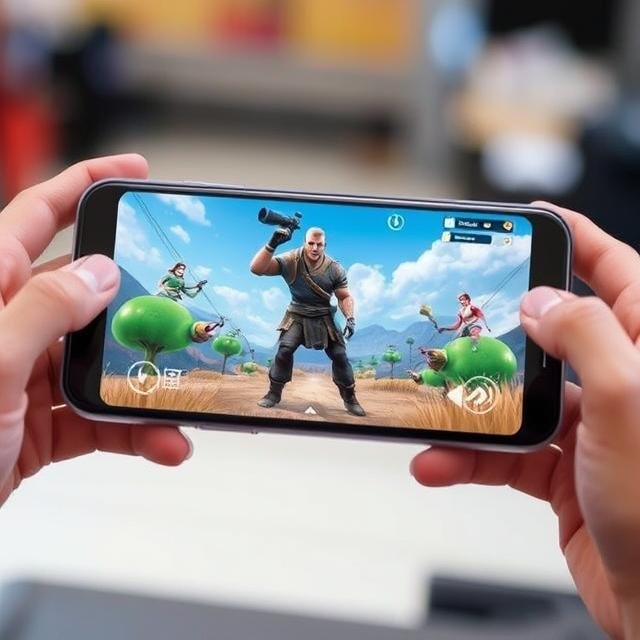Augmented Reality (AR) has made significant strides in mobile gaming over the past few years, providing immersive experiences by blending the virtual and real worlds. With the rapid advancement of technology, AR is poised to change the mobile gaming landscape in exciting ways. Here’s a look at the future of augmented reality in mobile gaming and its potential impact.
1. Increased Integration with Everyday Life
As AR technology improves, mobile games will become more seamlessly integrated into our daily lives. Imagine games that require you to use real-world locations for challenges or social interactions, creating a hybrid of gaming and exploration. For instance, AR could offer interactive scavenger hunts, geocaching, or city tours where players complete quests tied to their environment.
2. Enhanced Immersion through Advanced Devices
While smartphones already support basic AR capabilities, the next wave of AR glasses or wearables will open up even more immersive possibilities. Players could see in-game elements overlaid onto the real world through glasses or contact lenses, making the gaming experience more interactive without the need to focus on a screen. This could lead to deeper and more natural interactions with virtual elements in the real world.
3. Social Interaction and Multiplayer AR Games
Social play is a crucial element of modern gaming, and AR is no different. The future of mobile AR gaming may include more social elements, where players interact with each other in real-time through their environments. Multiplayer games could have real-world consequences, such as battles fought in parks, cities, or even your own living room. Additionally, AR technology could allow players to share their unique experiences with friends or other players, turning their everyday environments into competitive or collaborative spaces.
4. AI and AR Synergy
Artificial Intelligence (AI) could play a critical role in the future of AR games, creating intelligent, responsive environments that react to players’ movements, actions, and decisions. AI could dynamically adjust in-game scenarios, objectives, and challenges based on your real-time behavior, offering personalized gaming experiences. For example, in a location-based AR game, AI could adapt challenges based on the time of day or the player’s location, ensuring that the gameplay is always fresh and exciting.
5. Innovative Monetization Models
As AR gaming becomes more widespread, we may see new monetization strategies that align with immersive experiences. In-app purchases may include items that can be used both in the game and in the real world, such as virtual clothing or accessories that interact with real-world objects. Brands may also sponsor in-game AR experiences, offering promotions or exclusive content to players in real-world locations.
As AR technology becomes more advanced, the future of mobile gaming will become increasingly interactive, immersive, and personalized, creating more engaging experiences for players around the world.


Leave a Reply